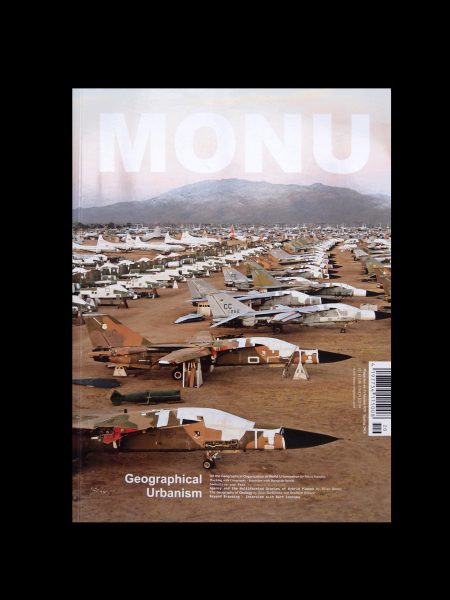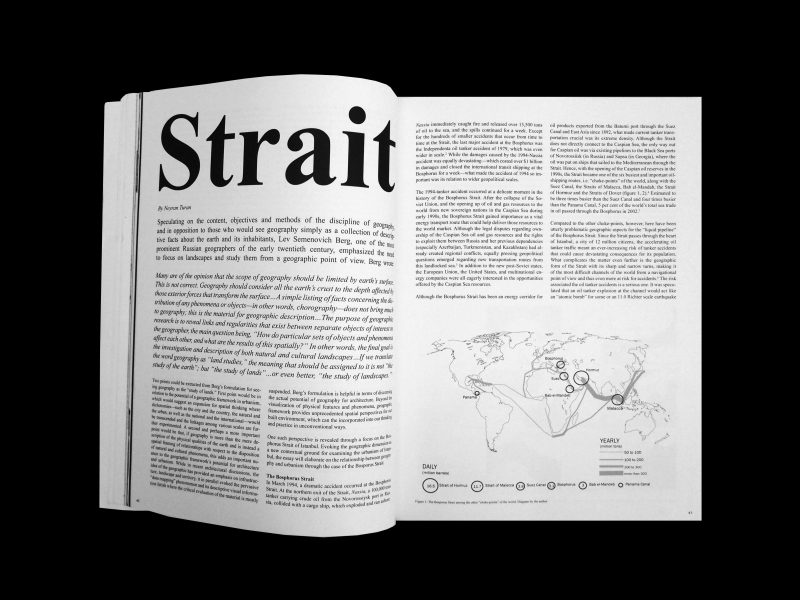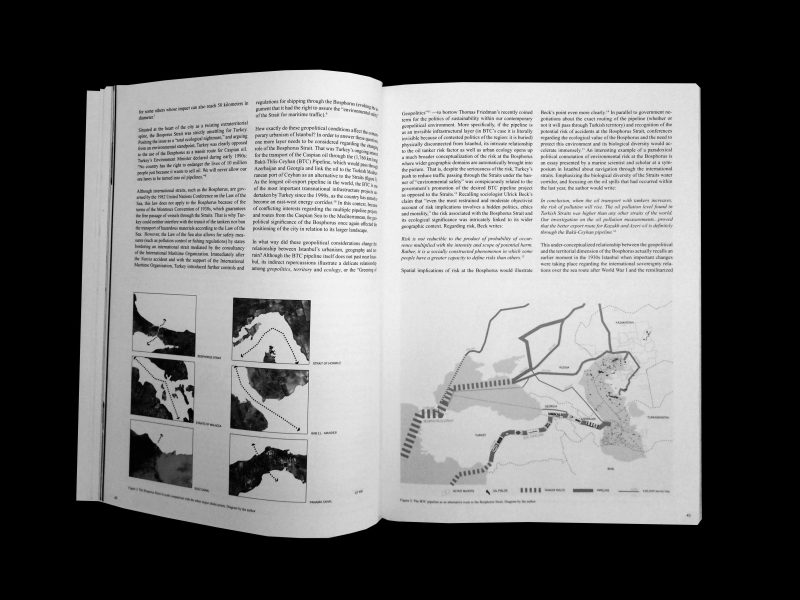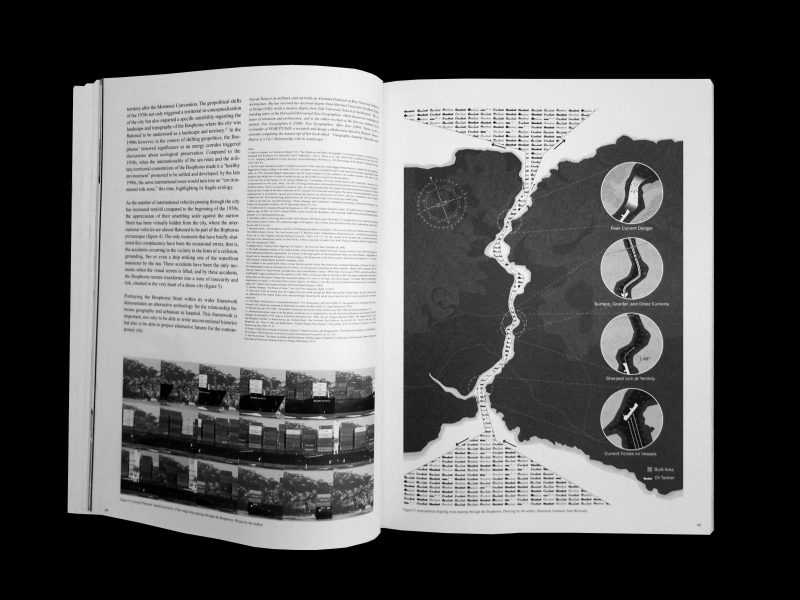Speculating on the content, objectives and methods of the discipline of geography—and in opposition to those who would see geography simply as a collection of descriptive facts about the earth—Lev Semenovich Berg, one of the most prominent Russian geographers of the early twentieth century emphasized the need to focus on landscapes and study them from a geographic point of view. Berg wrote:
Many are of the opinion that the scope of geography should be limited by earth's surface. This is not correct. Geography should consider all the earth's crust to the depth affected by those exterior forces that transform the surface…A simple listing of facts concerning the distribution of any phenomena or objects—in other words, chorography—does not bring much to geography; this is the material for geographic description…The purpose of geographic research is to reveal links and regularities that exist between separate objects of interest to the geographer, the main question being, “How do particular sets of objects and phenomena affect each other, and what are the results of this spatially?" In other words, the final goal is the investigation and description of both natural and cultural landscapes…If we translate the word geography as “land studies," the meaning that should be assigned to it is not “the study of the earth"; but “the study of lands"…or even better, “the study of landscapes." 1
Berg's formulation is helpful in terms of discerning the actual potential of geography for architecture. Beyond the visualization of physical features and phenomena, geographic framework provides unprecedented spatial perspectives for our built environment, which can be incorporated into our thinking and practice in unconventional ways…This framework is important, not only to be able to write unconventional histories but also to be able to project alternative futures for the contemporary city. Evoking the geographic dimension as a new contextual ground for examining the urbanism of Istanbul, the essay elaborates on the relationship between geography and architecture through focusing on the resource territories of the Bosphorus Strait.
[1] Lev Semenovich Berg (1915), “The Objectives and Tasks of Geography," in Foundation Papers in Landscape Ecology, translated from Russian by A.V. Khoroshev and S. Andronikov, John A. Wiens et. al., eds., (New York: Columbia University Press, 2007), 11–19. Originally published in Izvetiya Russkogo Geograficheskogo Obshchestva 15:9 [Proceedings of the Russian Geographical Society] (1915): 463–475.



